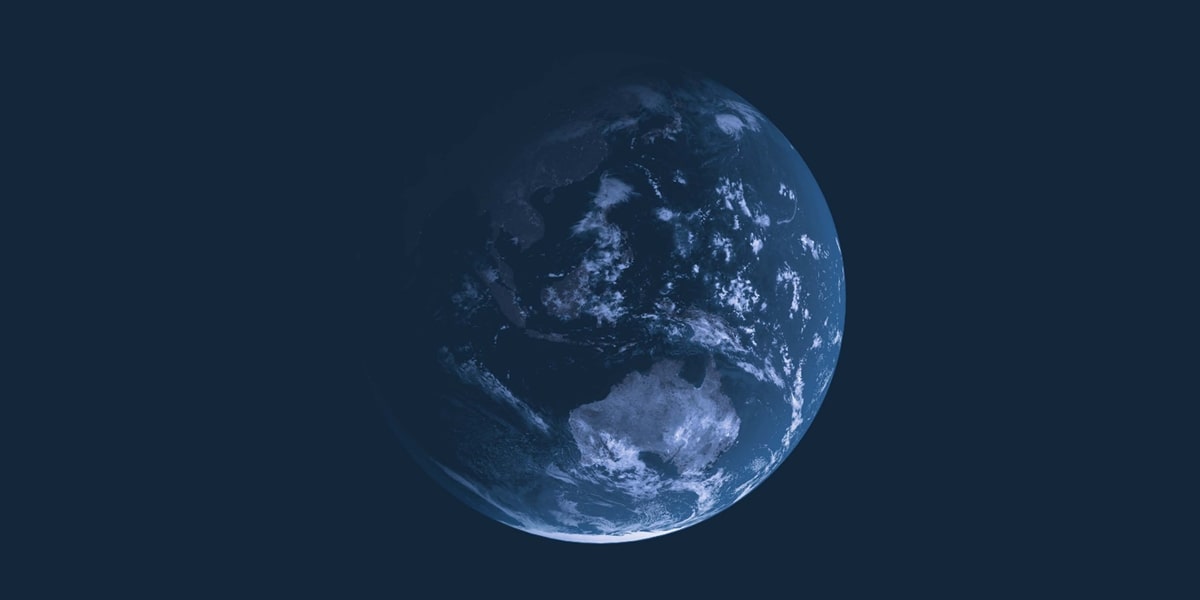Australian election 2022: Big businesses, small productivity gains
Originally published in The Canberra Times.

The opinion poll trend through 2021 has been so consistent that a Labor win in next year's federal election must be real possibility. In the two-party-preferred poll trend constructed by the Poll Bludger's William Bowe, the government and the opposition were even at the start of the year, but now the two-party average is 53.6 per cent for Labor and 46.4 per cent for the government. This is a swing of 5.1 points to Labor compared to the 2019 election result, and quite sufficient to give the party a majority in the House.
Of course, opposition parties have held commanding leads three or four months before an election on earlier occasions, only to see their advantage vanish in the weeks before the ballot. The 2019 election was a case in point; 1993's another. Yet today's political circumstances suggest the Morrison government may have trouble turning opinion around. Typically the Coalition runs on a program of fiscal rectitude, accusing Labor of plans to tax, spend and run up big deficits. But with a deficit this year running second in Australian history only to last year, making that theme work will be harder. Unlike in 2019, Labor won't be proposing big tax increases.
Likewise climate change and China. How we reduce carbon can be debated, but the government is committed to reduction targets, concedes climate change is a real problem, and accepts that coal is on the way out. Portraying China as the enemy helps consolidate the Coalition vote but unless and until Labor takes the bait it is limited in effect, and Anthony Albanese and his colleagues are resolutely refusing to take the bait.
Labor still faces a big challenge in winning the additional seven seats necessary to govern in its own right. The Coalition's bastion is Queensland, where it holds 23 of 30 seats. Queensland out, and Labor holds a majority in the House; Queensland in, and Labor is seven seats short of a majority. Compared to the 2019 election result, which admittedly was a calamity for Labor in that state, the party needs a state swing of more than 3 per cent just to pick up one seat in Queensland, more than 4 per cent to pick up two and nearly 5 per cent to win two more. Still, it is a volatile electorate and a big swing to Labor in Queensland is suggested by the most recent Morgan polls.
So Labor has a chance in what will be a hard-fought contest. What kind of economy would it (or the Coalition) face after it is elected and the pandemic's impact has worn off?
Last week, the International Monetary Fund offered the cold thought that once the Australian economy has fully recovered, growth will slip to a long-term rate below the average of the 20 years before the pandemic. Output growth next year will be 4.1 per cent, it says, but will then slip to 2.6 per cent, a rate the IMF evidently thinks is as fast as it can go in the long term. Growth in employment will account for more than half of that 2.6 per cent. The rest will come from the long-term growth in output per worker, which the IMF evidently thinks will be around 1.3 per cent, or a little less. This is below the 1.5 per cent Treasury assumed for its recent Intergenerational Report, and a little lower than the Australian experience of the 10 years before the pandemic. It is pessimistic but consistent with what is happening in other wealthy economies.
According to this IMF forecast, the forthcoming election will be fought in a brightly recovering economy, obscuring the likelihood that the growth of living standards will then fall significantly - and stay that way for many years to come. It will also be an economy in which both fiscal and monetary policy are on long-term tightening paths - that is, interest rates will slowly be increasing and the budget deficit will be narrowing as a share of GDP. Short of recession, the budget and interest rates won't be deployed to stimulate growth.
When the serious electoral contest resumes in February, much of the debate will focus on spending, taxing and the deficit, and much on our energy future, China and so forth. But the economic issue that really matters for our future is unlikely to be debated at all. This is a pity because whether Josh Frydenberg is still in the job post-election or has been replaced by Labor's Jim Chalmers, it will be among the priority long-term issues Treasury presents in its post-election briefings.
This issue is productivity, or output per worker. One reason productivity won't be much debated in the run-up to the election is that it no longer fits into the contesting narratives around which elections are typically fought.
Over the two decades to 2020, productivity growth was slower than in the 1990s, contributing to slower output growth, slower growth in wages after inflation, and slower growth in living standards. Productivity gains account for most of the growth of after-inflation wages, and of living standards.
In its recent report, the IMF staff looked closely at productivity and came up with some surprising results. It found the decline in both business investment spending and productivity in the years before the pandemic may be related to the increasing concentration ownership of Australian businesses, and the associated decline in competition.
The IMF recommends Australia spend more on encouraging research and development spending by business. It argues that investment in research and development is associated with faster gains in output per hour worked, and that Australia invests less than the average wealthy economy and very much less than the leading economies.
Similar points were made recently by Reserve Bank assistant governor Luci Ellis. In an appropriately tentative way, she argued that the slowdown in productivity growth in Australia and other wealthy economies in recent years may have something to do with increasing concentration of business ownership.
In its Intergenerational Report, Treasury argued that the slowdown in the growth of output per worker may be linked to the increasing share of output accounted for by sectors in which there are only three or four big producers who can make it difficult for new players to enter. It may also be related to a slow take-up of new digital technologies. "Declining dynamism" is evident, it said, impeding the flow of resources from less productive to more productive firms. "Australian firms appear to be slower to adopt world-leading technologies" with the result that "non-mining businesses in Australian have fallen further behind the global frontier firms and appear to be catching up more slowly."
Hardly a whisper of this shift in thinking among economic advisers and policymakers reaches the general media or comes through in the election contest. For Australia's economic future, however, it is becoming an issue too big to ignore.



